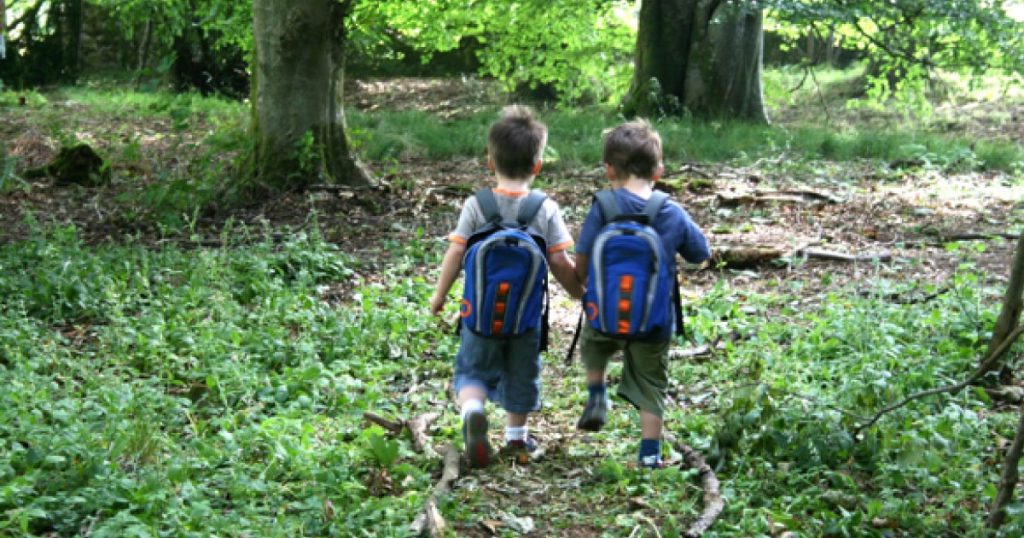
Earlier this week, The Sydney Morning Herald reported one of Sydney’s top public high schools had more than 2,000 students for the first time, thanks to the booming population in the area.
This follows similar reports of other “super-sized” schools in Victoria, Western Australia and Queensland.
Parents may be wondering if a school’s size will impact their child’s opportunities or experience. What does the research say?
A controversial subject
Policy-makers have been concerned about school sizes for decades. This largely relates to declining enrolments in some areas and growing demand in others. For example, in Victoria during the Kennett government in the 1990s, some schools were merged into “super schools”.
Super schools are attractive to policy-makers due to their ability to pool resources. However, anecdotally, parents have tended to oppose mergers on the basis that big schools detract from the community feel and personal relationships.
There is no national data on average school size, although you can check individual school sizes on the MySchool website.
Education authorities consider a school to be “small” if it has fewer than 300 students for primary school and fewer than 700 for high school.
What does the research say?
Australian-based research tends to support larger schools, on the basis they provide more curriculum choices. In a 2014 study published in the Journal of Education Policy, the authors wrote:
large schools have more resources and are therefore better placed to offer a large range of curriculum, often including both academic and vocational subjects.
A 2023 study similarly argued:
smaller schools are generally less able to offer a wide range and diversity of curricular offerings compared to larger schools.
Small schools can be beneficial
But other education advocates argue small schools better facilitate participatory democratic environments for young people, improve discipline and sense of community.
A 2009 review of 57 studies (the majority from the United States) published after 1990 recommended high schools do not have more than 1,000 students.
The review said smaller schools can offer a community-like feel for students and are more likely to have smaller class sizes. A smaller school may be particularly advantageous for neurodiverse students if there are lower levels of noise and movement.
A US-based study from 1991 found schools with less than 400 students lead to better student participation, attendance and satisfaction with school:
The two primary arguments for large schools, cost savings and curriculum enhancement, pale in comparison with the positive schooling outcomes […] achieved by small schools.

Dean Drobot/ Shutterstock
But context matters
In 2000, the Gates Foundation had a “big idea” to break up large high schools and turn them into “small learning communities” of 400 or fewer students.
The foundation believed the initiative would lift graduation rates and student achievement, especially among minority students, because of the close relationships between students and teachers.
But by 2008, the foundation conceded it had not worked – there had been no “dramatic improvements” in the number of students who leave high school adequately prepared for further study.
But it’s not really about size
So the research offers a mixed picture – this strongly suggests the size of a school on its own is not the most important factor.
We also need to look at factors such as class size. Research shows smaller class sizes and lower teacher to student ratios are beneficial for student outcomes.
Smaller class sizes and lower teacher to student ratios can lead to more one-on-one attention, improved relationships and lower noise levels in a classroom.
Some studies have categorised “small classes” as between 13-17 students and larger classes as between 22-25 students.
Teaching quality may also be improved with a smaller class size, as the teacher has more time to tailor their instruction to individual students.
Importantly, the size of a school overall does not necessarily determine class sizes. A large school or a small school can still have large class sizes, and still struggle for quality one-on-one time.
Similarly, a large school can still offer a strong sense of community and positive relationships between teachers and peers, depending on the way the school is organised (for example, a “school-within-a-school” or specific learning group within the school).
If a small school is not well-resourced or does not have enough teachers, it may struggle to provide a positive, happy learning environment.
The point is the school size on its own is not necessarily a positive or negative. What matters is what else is going on inside that school and whether it has the funding and resources to offer smaller class sizes, specialised teachers and access to a wide variety of subjects.
![]()
Emma Rowe receives funding from the Australian Research Council.
Read More: Read More



